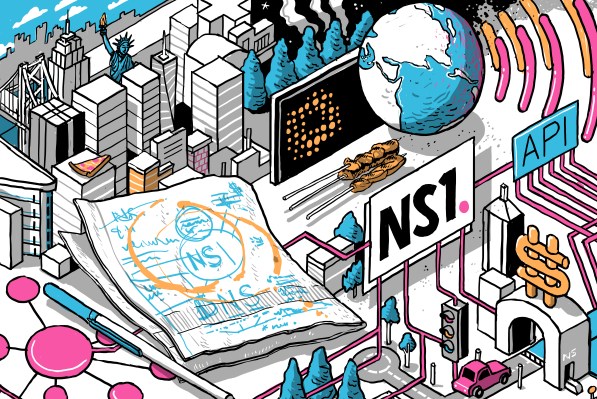The world's biggest stablecoin has dropped below its $1 peg
Tether sank to as low as 95 cents on some crypto exchanges Thursday morning.

Crypto firm Tether has been reducing the amount of commercial paper in its reserves.
Jakub Porzycki | Nurphoto | Getty Images
Tether, the world's largest stablecoin, broke below its $1 peg Thursday amid panic in the crypto market.
The token sank to as low as 95 cents on some exchanges at around 3:15 a.m. ET. It's meant to be pegged 1-to-1 to the U.S. dollar. Tether was last trading at about 99 cents, according to Coinbase data.
Tether's decline came after terraUSD, another stablecoin, plummeted below 30 cents Wednesday, which led to fears of a possible market contagion. TerraUSD, or USD is different to tether in that it relies on code rather than funds held in a reserve to support its supposed peg to the greenback.
Vijay Ayyar, head of international at crypto exchange Luno, said the move by tether was likely "speculation-driven fear" resulting from the fallout of UST's plunge.
"The environment is ripe for such news events to cause ripples through the markets as we can see," he told CNBC.
Nicholas Bonnet, a quant at crypto broker Aplo, said some traders were exploiting the drop in tether through arbitrage plays — essentially buying the token for less than $1 and then redeeming it for a dollar.
"Early this morning, liquidity pools allowing you to swap tether for other things were almost empty," he said.
"That might have created a spiral effect of short-term panic by people seeing that tether was trading below the peg and having no quick way to exit tether."
Stablecoins are kind of like the bank accounts of the crypto world, designed to serve as a sound store of value investors can turn to in times of market volatility. Tether and USDC, the two biggest stablecoins, are meant to be backed by a sufficient amount of money held in a reserve to ensure depositors can receive their dollars when they want to make a withdrawal.
But there have long been concerns about whether tether actually has enough assets to back up its intended $1 peg. Tether, the company of the same name, previously said all its tokens were backed 1-to-1 by dollars held in a reserve.
However, after a settlement with the New York attorney general, it was revealed that Tether relied on a range of other assets including commercial paper, a form of short-term, unsecured debt, to back its token. Tether has since reduced the amount of commercial paper in its reserves and says it plans to lower its holdings further over time.
Earlier Thursday, Tether Chief Technology Officer Paolo Ardoino insisted tether holders would always receive $1 when redeeming their tokens.
Around 300 million tether tokens were withdrawn in the last 24 hours "without a sweat drop," he tweeted.
Tether later issued a statement saying it had returned to "business as usual amid some expected market panic." The company said it is on track to process more than $2 billion in redemptions Thursday.
"Tether has maintained its stability through multiple black swan events and highly volatile market conditions," the firm said.
"Even in its darkest days Tether has never once failed to honor a redemption request from any of its verified customers. Tether will continue to do so which has always been its practice."
Bitcoin and other cryptocurrencies took another dive on Thursday as investors reacted to fears around rising inflation and a deteriorating economic outlook, as well as tether decoupling from its dollar peg.

 KickT
KickT 































